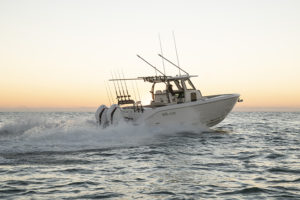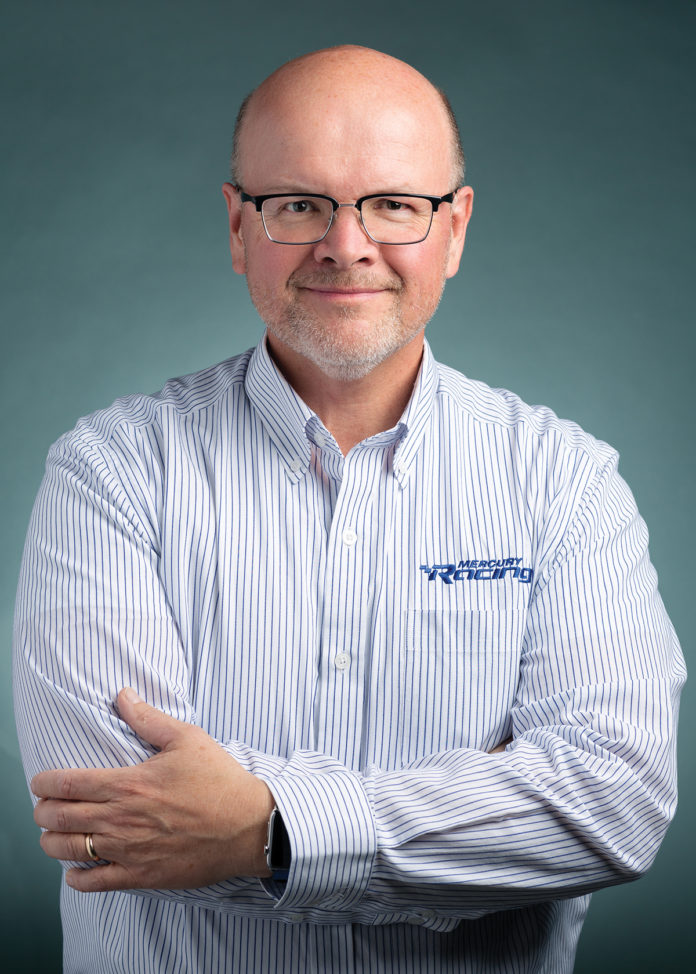Halley has led the high-performance division since 2018.
By Gregg Mansfield
Four years after Stuart Halley took over as the general manager of Mercury Racing, the company continues to hit on all cylinders. After navigating the division through pandemic-induced shutdowns and supply chain issues the past two years, the high-performance engine builder has embarked on another major expansion to its Fond du Lac, Wis., facility.
Halley joined Mercury Marine 29 years ago and no doubt the last two years have been the most challenging of his career. An aerospace engineer by training, Halley worked at General Dynamics and Lockheed on military aircraft design before being recruited by Mercury Marine.
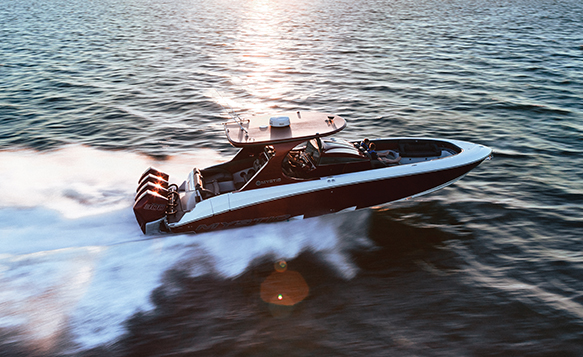
Since stepping into the role as Mercury Racing’s general manager in 2018, the company has launched
several new outboards and products under Halley’s watch with more product launches on the horizon. Mercury Racing has returned to its offshore racing roots, recently expanding its sponsorship with Powerboat P1.
We caught up with the affable Halley to talk about the marine industry. The questions and answers have been lightly edited.
How challenging has it been to run Mercury Racing the past two years during Covid?
Stuart Halley: Mercury Racing has a dedicated, creative, and talented group of individuals that bring a lot of capability to problem solving and issue resolution. We spent significant energy focusing on keeping employees safe and meeting the needs of our customers. We did our best to empathize with all our customers business needs and to balance those needs within the constraints of our supply chain.
I will give a shout out to our procurement group who did an amazing job overcoming daily obstacles. Without that dedicated group as well as our production workforce we would be much further behind meeting our partner and customer’s needs. We are building more products this year than we did last year, and we are optimistic the trend will remain positive. Demand remains strong, and we are currently increasing our factory space by adding 50 percent more floor space to help meet demand.
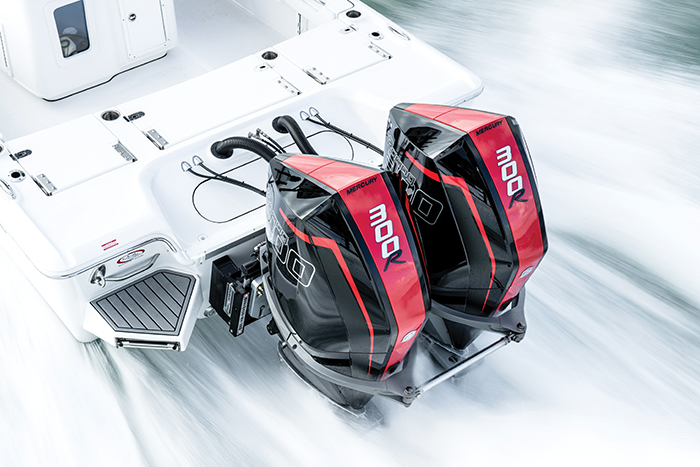
How did Mercury Racing keep up with the unprecedented demand despite the supply chain and labor constraints?
SH: The supply chain hit Mercury Racing just like it hit other businesses. It made – and continues to make – production challenging and slower than we’d like. But we’re committed to creating premium, high-performance products, and working closely with our supply chain to ensure we receive quality components for our customers.
What are some of the accomplishments for Mercury Racing that stand out the past two years?
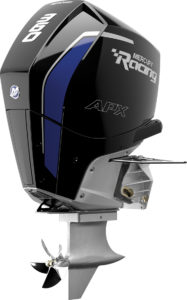
outboards.
SH: Throughout a global pandemic and supply chain disruption, Mercury Racing was able to adapt and still lead the way in innovation launching new products and developing key partnerships.
The new 300R with the Racing AMS has been a huge success. We also launched two new circuit racing competition engines, the 200 APX and the 360 APX, that have started to be utilized by leading racing series like F1 Powerboat. These engines sound absolutely fantastic with their race-tuned exhaust. As international competition racing recovers, we expect the engines to be further utilized.
One of the key partnerships we developed was with the E1 competition racing series, who is developing a battery electric powered hydro foiling vessel where we are their official propulsion and propeller partner. We expect to be racing in that series next year.
We are very proud to have been selected as the long-block assembly and gearcase supplier for Mercury’s 600-hp V12 Verado since we specialize in high precision, low volume manufacturing. All this activity has significantly increased overall production, within our plant and has drove the necessity for our plant expansion.
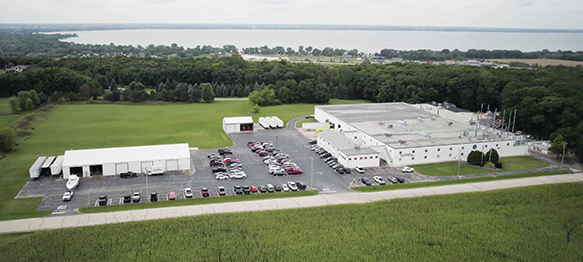 How does the industry keep long-term the influx of new boaters?
How does the industry keep long-term the influx of new boaters?
SH: While the pandemic changed a lot of things for many industries, it actually led people back to the water as a means of staying connected with family and friends. As they returned to boating, they found that it has changed significantly from years ago with higher performance, better reliability and higher refinement that has made it easier for everyone to own and operate a boat.
Boating as a means of recreation is as popular as ever and social events like charity poker runs provide wonderful outlets for owners to showcase our products among performance enthusiasts while supporting worthy causes. I also believe more people are realizing the open water is one of the few remaining places where you can enjoy the wide-open driving experience unencumbered by regulations. Once you’re past the no-wake zone, it really is all about your own capabilities, skills, confidence, and engine power that dictate the level of performance you can safely achieve and enjoy.
Can you talk about how outboards have redefined the high-performance boating experience?
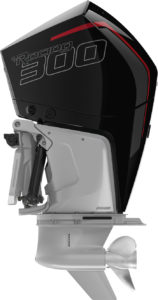
SH: The growth in outboard power has been very interesting to say the least. The R-series outboards lead the way with highest power-to-weight and amazing features created by our highly talented engineering team, which has allowed our high-performance boatbuilder partners to expand and evolve their powerboat offerings.
In years past, it took big sterndrive power to break the 100-mph mark on big water. Today, we’re able to take advantage of big outboard power to do that with the red-hot outboard catamaran market. On the other hand, if you want to take 15 of your closest friends on an 80- or 90-mph run while enjoying the luxury and technology of a high-performance center console with triple, quad, quint, or even six-engine setups, you can do that as well.
How much has the extended warranties been a game changer in the used-boat market?
SH: Customers consider warranty coverage an indicator of a manufacturer’s confidence in the product. Longer warranties are significant in providing additional peace of mind as part of the ownership experience. They are also strong selling points when a boater decides to trade up and sell off their current boat.
When doing R&D on new products how do you pick the boatbuilders to work with?
SH: We are very fortunate to have so many great boatbuilder partners that make high-performance powerboats. We do our best to work with all of them based on the specific boat types we need to qualify and validate new products.
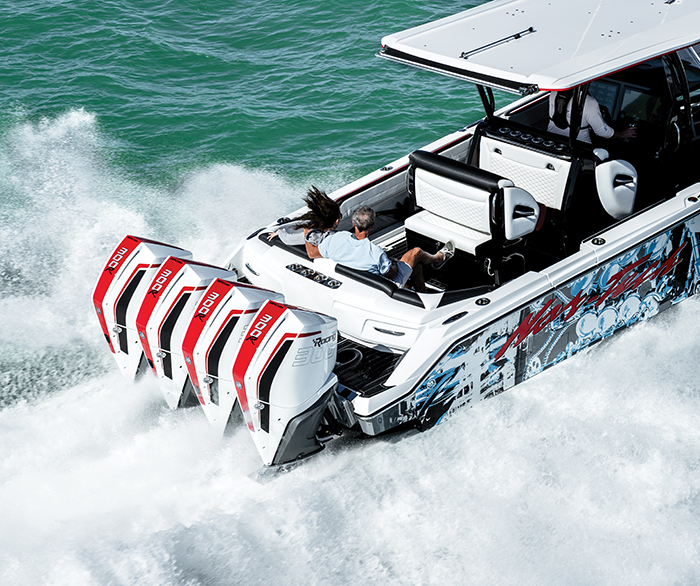
Do you see the sterndrive market returning to its previous heights?
SH: The sterndrive market is a very viable part of our business. While it is unlikely it will return to 2008 levels, we know there are certain customers who prefer sterndrive performance products. As amazing as the new outboard technology is, there is still nothing on Earth like the visceral acceleration of QC4 sterndrive power. They are just raw, unapologetic performance machines, and they are for very special customers who will accept nothing less than what they deliver.
We are always excited to find new ways to bring enthusiasts into Mercury Racing’s world of wide-open powerboating, and especially with QC4 product.
We are exploring opportunities with several sport luxury automobile consumer and lifestyle outlets designed to introduce performance auto enthusiasts to the Mercury Racing brand. We also participated in last year’s Audrain Concours in Newport, R.I. and will return this year with an even larger contingent of Mercury Racing-powered boats for product demonstrations working in concert with several of our boatbuilder partners.
Was the substantial investment in the propellers to meet demand or a new frontier in design?
SH: A Mercury Racing propeller is still the most economical way to quickly increase and maximize your boat’s performance short of a repower. Logically, there is more propeller demand simply due to the sterndrive to outboard conversion over the years – and with the higher-powered outboards, we’re seeing as many as six engines across the transom.
More prop shafts means more Mercury Racing propellers to go with them. In addition, there is tremendous demand for our propellers for dealer repowers and just for consumers who are looking to improve the overall performance and handling of boats they currently own.
Any product releases coming that will impress consumers?
SH: We never stop pushing innovation boundaries and that’s what excites our customers about our products.

